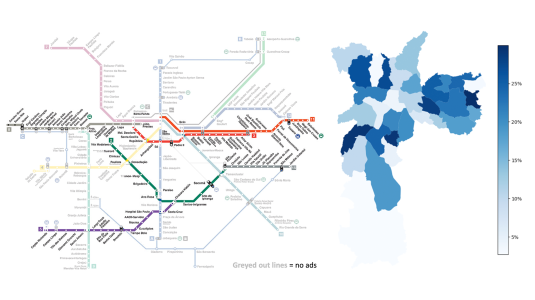-
Effective attribution of causes to outcomes is crucial for optimizing complex supply chain operations. Traditional methods, often relying on waterfall logic or correlational analysis, frequently fall short in identifying the true drivers of performance issues. This paper proposes a comprehensive framework leveraging data-driven causal discovery to construct and validate Structural Causal Models (SCMs).
-
AI and Deep Learning methods have revolutionized many forecasting applications but have not achieved widespread adoption in industry for aggregate forecasting. This paper challenges the AI research community by identifying three critical capabilities that current AI approaches lack: (1) multivariate consistency at scale, (2) explainable and controllable longrun assumptions, and (3) flexible incorporation
-
International Journal of Research in Marketing2025In 2020, Amazon launched the Climate Pledge Friendly (CPF) program to make it easy for customers to discover and shop for products with sustainability certifications. In this paper, we measure the causal impact of products qualifying for CPF on consumer purchase behavior. Using a dataset of about 45,000 products spanning three categories, and a Differencein-Differences identification strategy, we show that
-
AAAI 2025 Workshop on AI for Social Impact2025To the best of our knowledge, this work introduces the first framework for clustering longitudinal data by leveraging time-dependent causal representation learning. Clustering longitudinal data has gained significant attention across various fields, yet traditional methods often overlook the causal structures underlying observed patterns. Understanding how covariates influence outcomes is critical for policymakers
-
2023 Conference on Digital Experimentation @ MIT (CODE@MIT), NeurIPS 20242024This paper introduces the confounded pure exploration transductive linear bandit (CPET-LB) problem. As a motivating example, often online services cannot directly assign users to specific control or treatment experiences either for business or practical reasons. In these settings, naively comparing treatment and control groups that may result from self-selection can lead to biased estimates of underlying
Related content
-
July 29, 2025New cost-to-serve-software metric that accounts for the full software development lifecycle helps determine which software development innovations provide quantifiable value.
-
May 21, 2025By combining surveys with ads targeted to metro and commuter rail lines, Amazon researchers identify the fraction of residents of different neighborhoods exposed to the ads and measure ad effectiveness.
-
December 16, 2024In a keynote address at the latest Amazon Machine Learning Conference, Amazon academic research consultant, Stanford professor, and recent Nobel laureate Guido Imbens offered insights on the estimation of causal effects in “panel data” settings.
-
October 21, 2024Causal machine learning provides a powerful tool for estimating the effectiveness of Fulfillment by Amazon’s recommendations to selling partners.
-
April 30, 2024Using causal random forests and Bayesian structural time series to extrapolate from sparse data ensures that customers get the most useful information as soon as possible.
-
March 21, 2024The principal economist and his team address unique challenges using techniques at the intersection of microeconomics, statistics, and machine learning.







